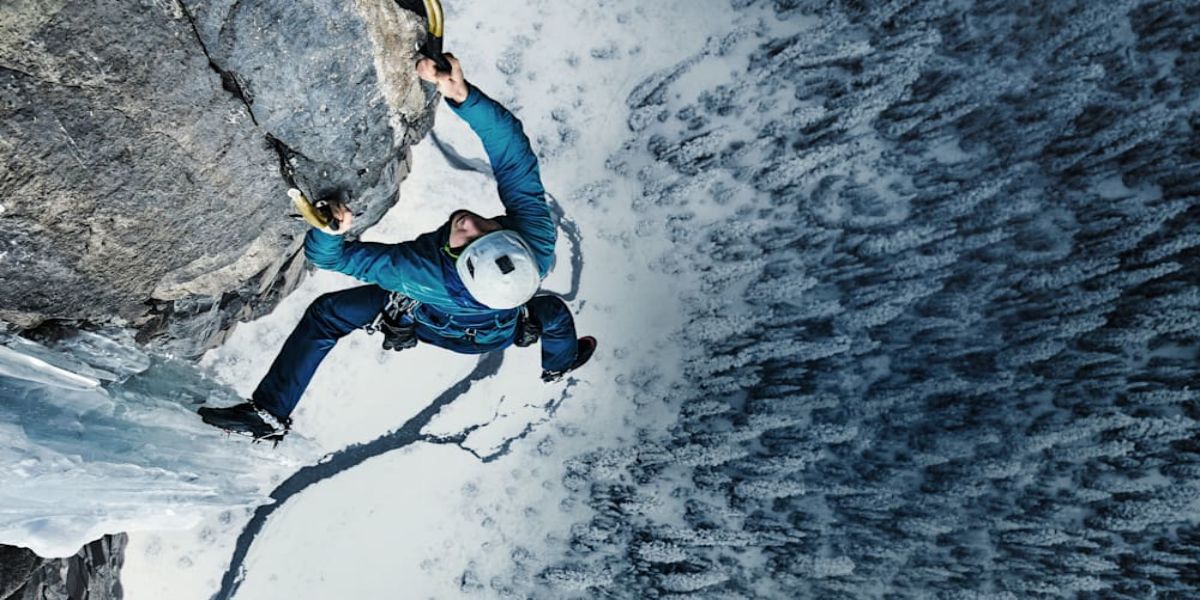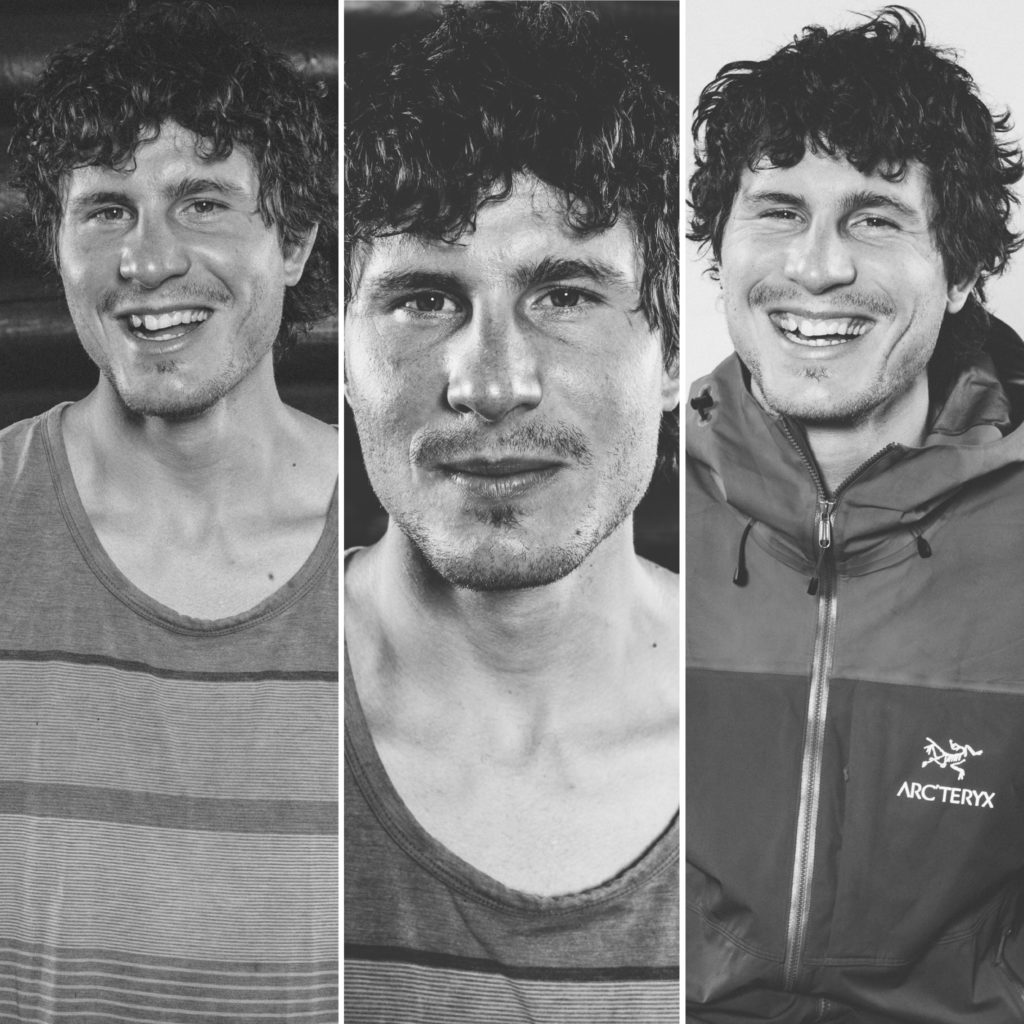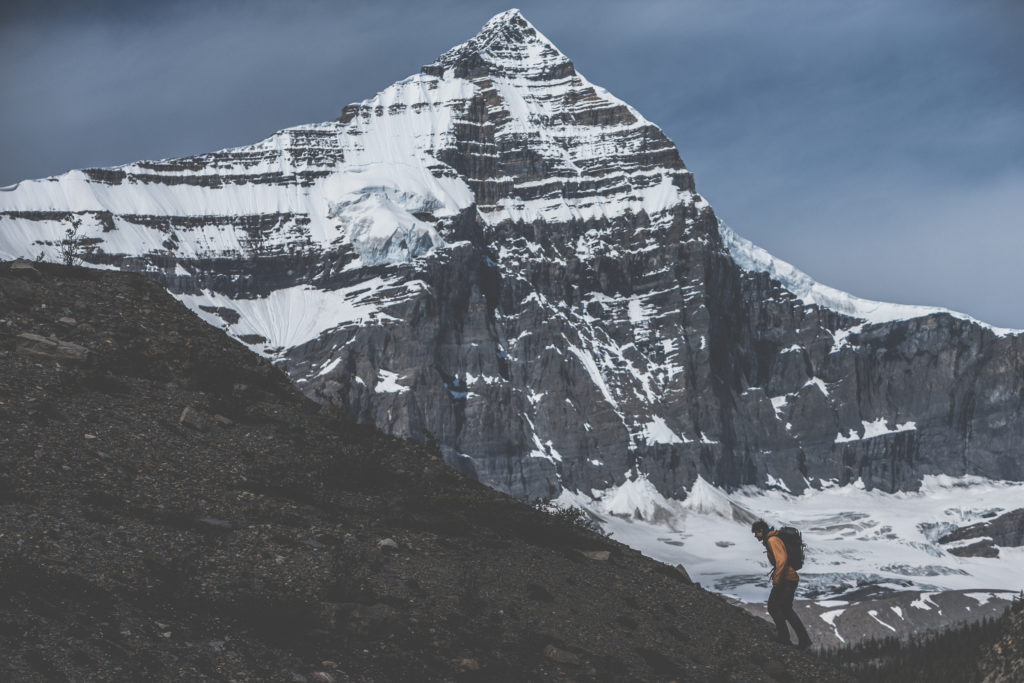
‘The Alpinist’ Documentary Follows the Best Climber You’ve (Probably) Never Heard Of
Beyond the most die-hard climber, few had ever even heard of the young 20-something Marc-André Leclerc.

Courtesy of Red Bull Media House
“If death was not a possibility, coming out would be nothing.”
The words of renowned alpinist Reinhold Messner echo throughout the majority of The Alpinist’s 93 heart-pounding minutes, casting an ominous cloud over the jagged peaks, soaring cliffs, and fragile walls of ice that form the spectacular backdrop for its mysterious subject.
Those unforgiving, unpredictable domains are where Marc-André Leclerc is at his best. Far removed from the limelight, the nomadic Leclerc climbs alone, disappearing into his surroundings like a ghost longing for the ethos of solo adventure. He uses no ropes and no communication devices while summiting daunting faces in British Columbia, Alaska, and Patagonia—wintry environs where, after much convincing, the unassuming alpinist from Squamish, British Columbia, allowed directors Peter Mortimer (The Dawn Wall) and Nick Rosen (Valley Uprising) to follow along and film a documentary landing Sept. 10 in theaters nationwide.
“We were fascinated by the elusiveness of this character and the purity with which he approached climbing,” Rosen told Sunset. “At the same time, that approach kept pulling us deeper into that world.”
Climbing has, in recent years, taken the world by storm—a movement supplemented by world-class athletes, surging popularity on social media, and on-screen features that have graduated from once-niche platforms to mainstream cinema.
But none of the 21st century climbing evolutions appealed to Leclerc. Beyond the most die-hard climber, few had ever heard of the 20-something who much preferred an off-the-grid existence to a place on the pop culture radar. His friends say he belonged to an older generation that cared little for material gain, having once lived in a staircase before upgrading to a tent in the wilderness with his girlfriend, professional climber Brette Harrington. After losing a phone during one particular adventure, he opted against replacing it, saying his life was simply better off without it.
A select few, meanwhile, were taking notice of Leclerc’s under-the-radar accomplishments, and before long, his name began popping up online alongside mentions of winter solo ascents of the most extreme faces on the planet, a list that would later include Patagonia’s Torre Egger and Mount Robson’s Emperor Face.

That’s when Mortimer and Rosen first learned of Leclerc’s exploits. It didn’t take long before the mystique surrounding the elusive climber became too much to resist, so the two veteran filmmakers set off to track him down.
Locating and keeping up with Leclerc, however, proved to be a filmmaking task even full immersion didn’t always satisfy. For two-and-a-half years the directors struggled to keep pace with Leclerc, a filming challenge they compared to “capturing lightning in a bottle.”
In the process, Mortimer and Rosen grew emotionally invested in Leclerc, his family, and the Squamish community he called home. Despite having worked alongside some of the best rock climbers in the world—a community that has long-prioritized ideological pursuits over the material—there was something different about Leclerc.
“So many of the climbers in that big mountain community are unbelievable to be around,” Mortimer told Sunset. “They’re great athletes with this uniquely calm demeanor and confidence, and yet Marc was so much more. You could just feel the mountains in his blood.”
Leclerc’s story, though tragic in its conclusion (we won’t spoil the ending), is a familiar one in alpinism—a dangerous style Leclerc mastered so emphatically that even world-class climbers like Alex Honnold (Free Solo) were left in awe. Listening to Leclerc’s accounts of his ascents in The Alpinist, however, seldom conveyed the thrills and dangers comprising them. Instead, there was an unyielding emphasis on adventure, on disassociation from the superficial, and centering of perspective.
“As a young climber it is undeniable that I have been manipulated by the media and popular culture and that some of my own climbs have been subconsciously shaped through what the world perceives to be important in terms of sport,” Leclerc wrote in 2016. “Through time spent in the mountains, away from the crowds, away from the stopwatch and the grades and all the lists of records I’ve been slowly able to pick apart what is important to me and discard things that are not.”

Scott Serfas
But as the renowned alpinist Messner attests, such pursuits are accompanied by a risk of finality—easily characterized as “insane” by the average viewer—a stigma Mortimer and Rosen aimed to shatter by sharing a thoroughly intimate portrait of Leclerc’s personal complexities to go along with the sort of extraordinary edge-of-your-seat visuals that have become staples of this documentary sub-genre.
“What I hope as a filmmaker is that when you learn about him and you see how he lived his life, whether from his mother’s perspective or from those around him, that you come to understand why he did what he did,” Mortimer said.
“Here’s a guy who had these incredible dreams and possesses this genuine purity in his soul. And he pursued those dreams with every ounce of passion he had.”
